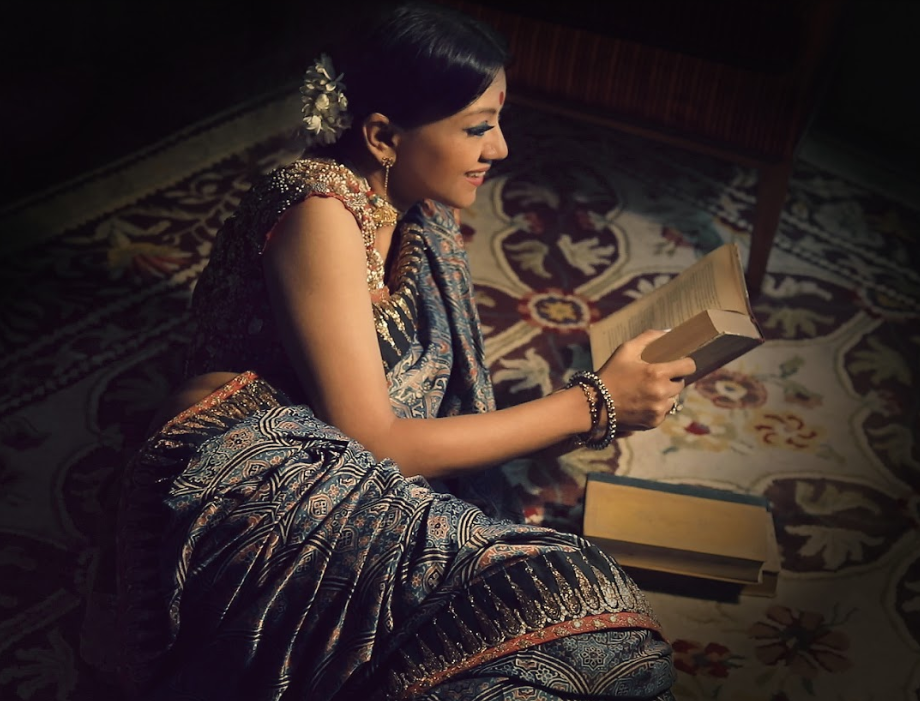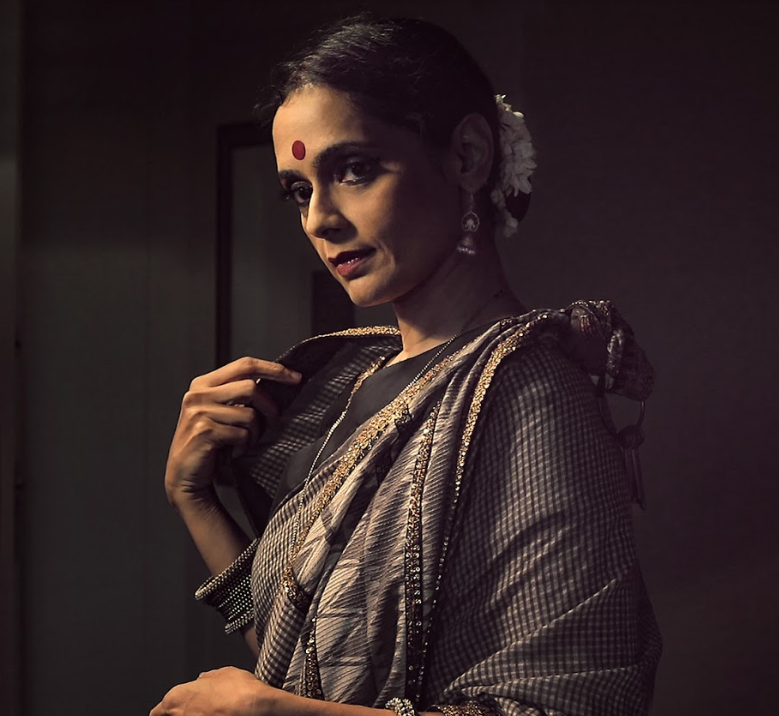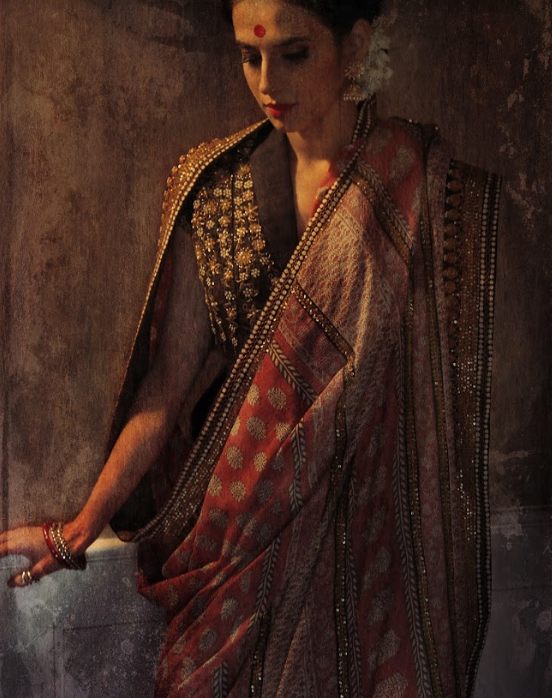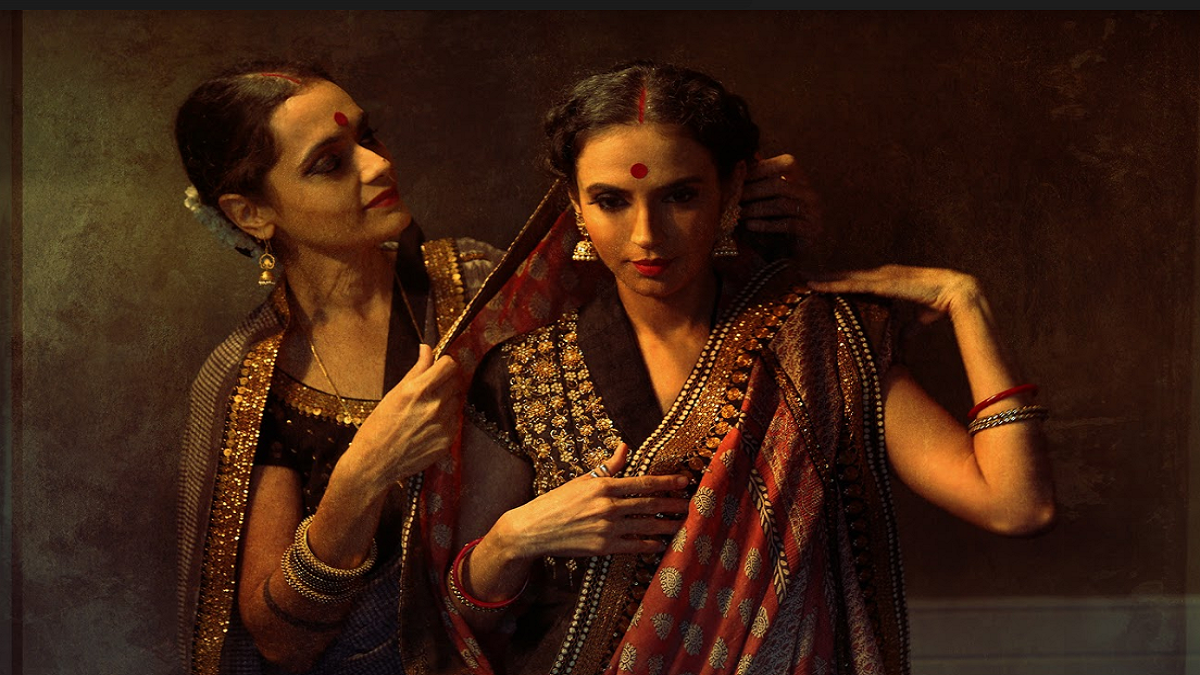They say you can get a Bengali out of Kolkata, but you can’t get Kolkata out of a Bengali. Some even say that still waters run deep.
One couturier for whom both these phrases fit to the T is Joy Mitra, a diehard history seeker, Indophile, litterateur and Tagore follower who somehow or the other finds an excuse to, in his mind, travel to the Jorasanko Thakur Bari that resides in his heart.
Home to Gurudev, gifted to his father, and the abode where the fiesty Tagore women ruled, Jorasanko, the Tagore haveli, comes alive in this spectacular shoot. As his muses Joy picks up real women: Designers Anupama Dayal and Priyadarshini Rao and Aparma Badlani, the founder of Atosa, an offbeat fashion store in Mumbai known to retail boho chic collections.



Through a sepia-inspired shoot he tries to reflect upon the spirit of the firebrand Jnanadanandini Devi, wife of Satyandranath Tagore, who was often seen riding a horse. “She even travelled alone to London when she was pregnant, a feat unheard of in those times,” shares Joy.
Joy is inspired by Kadambari Devi, wife of Jyotirindranath Tagore, whose tempestuous character became the subject of Satyajit Ray’s much celebrated movie Charulata. But it is Mrinalini Devi who intrigues him. Joy says, “I am particularly intrigued by Gurudev’s child bride, Mrinalini Devi, who came to the Bari at age 6 and found her inner strength whilst Shantiniketan was being constructed. She stood rock solid next to her husband. All these women were icons. They taught the Bengali women the route to feminism.”
The entire family contributed a lot in every field, be it art and culture or the sociopolitical landscape. “It were the Tagore bahus who first wore a blouse with their sari, inspired by the Victorian blouses with embroidery, puffed sleeves, lace etching et al.” And it is the subtle nuance of classical Bengal with the touch of Victorian era that creatively leads this shoot.
Joy, though inspired by Bengal, travels through India to hand-pick textile bastions known to be naturally dyed like Ajrakh, Kalamkari, Bagh and Bagru. To this he adds his signature style of creating borders and detailing in dull gold zardoz on dark-textured cotton.
He ends by saying, “Fashion should speak of resolute women with inner strength which is even more relevant today as we are still trying to save the girl child!”
Photography: Sayan Sur Roy Make-up & hair: Gopika Pillai























